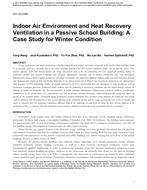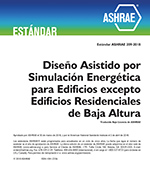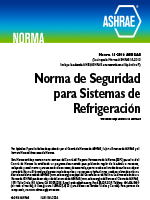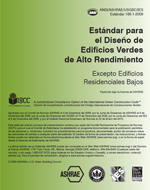Description
Energy performance and indoor environment including human thermal comfort and indoor air quality of the passive school buildings should be particularly paid more attentions due to the school buildings adopted novel heat recovery ventilation facility and air heating system. Heat recovery efficiency of the heat recovery facility and energy conservation ratio of the air conditioning unit were analytically modeled, taking the ventilation network into account. Following that, classroom displacement ventilation and its thermal stratification have been investigated. Representative human thermal comfort parameters, percentage dissatisfied, and temperature difference between ankle and head have been analyzed and evaluated after steady air flow and thermal dispersion in one typical winter day of Munich was numerically simulated by the computational fluid dynamics (CFD) methodology. Indoor air quality indicated by the CO2 concentration was also investigated in terms of different levels of mechanical ventilation flow rate. Numerical results indicate that the promotion of mechanical ventilation rate can simultaneously enhance the dilution of indoor air pollutants and the non-uniformity of indoor pollutant distributions. Displacement ventilated pollutant stratifications, demonstrated by the spatial mean CO2 concentration and their normalized standard deviations, could provide generally satisfactory indoor air quality in the occupant regions. Subsequent energy performance analysis illuminates that classroom energy demands for ventilation and heating could be decreased with the promotion of heat recovery efficiency of the ventilation facility, and the energy conservation ratio of the air heating unit could be enhanced with the decreasing temperature difference between the supplying air and fresh air when the heat recovery efficiency of the ventilation facility is a constant. Detailed correlations of heat recovery ventilation and heating energy conservation have been presented.
Citation: ASHRAE Papers CD: 2014 ASHRAE Winter Conference, New York, NY
Product Details
- Published:
- 2014
- Number of Pages:
- 8
- File Size:
- 1 file , 2.8 MB
- Product Code(s):
- D-NY-14-C046




